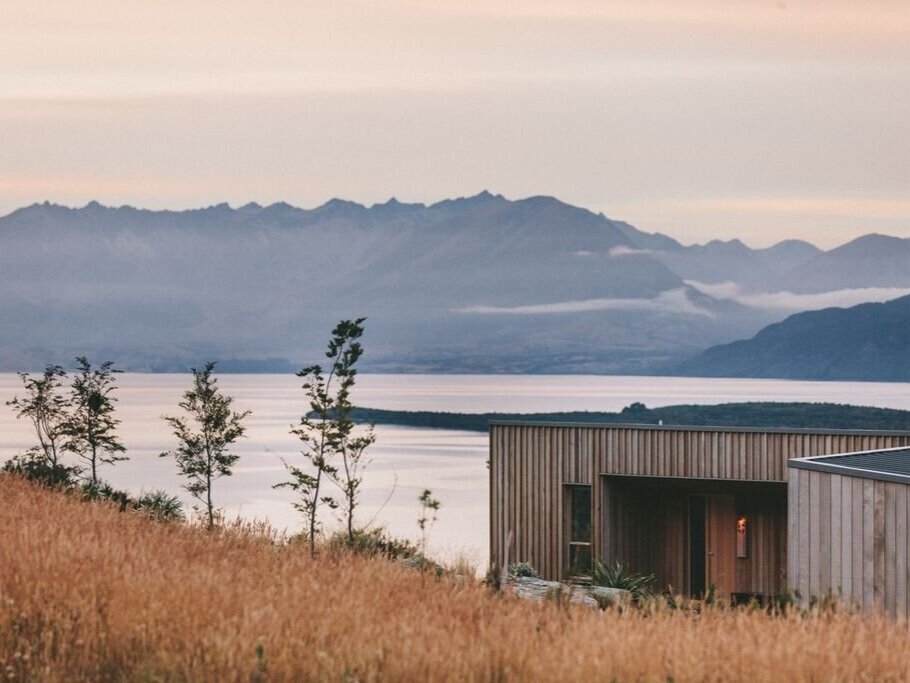Kathryn Green
I am a textile designer/maker creating capsule collections of luxury scarves, interior accessories and art textile pieces from my studio in Hampshire.
Exploring ways in which I can obtain texture and layered surfaces, I work tonally through a combination of shibori, dye and print processes. I am also drawn to an element of contrast, often depicted through coloured bands and pleats.
The combination of these layered processes often brings surprises; dye and cloth have their own alchemy, which is both controlled and organic, creating beautiful marks and more structured shapes, making each piece totally unique.
Scarves have become the canvas for my chosen mediums. The fabric is a silk and bamboo mix which drapes and folds beautifully and is animated by the wearer, adding another dimension to the cloth.
The variations I have experienced through travelling and in the natural world have a deep influence on my designs. The diverse colours, patterns, cultures and landscapes all find their way into my textiles.
I graduated with a First Class degree in Fashion and Textiles in 2007. After teaching Art and Design in Further Education for a number of years I established my business as a freelance textile designer and maker and now work from my studio in Hampshire, in addition to teaching one to one and group workshops.
http://kathryngreentextiles.co.uk
For Crafted, the guild’s landmark show at the Willis Museum in 2022, member Julie Ayton wrote this profile of Kathryn and her work:
Textile artist Kathryn Green considers the contrasts, contradictions and parallels of life the central inspiration for her work. Her path into full-time making grew from memories of her grandmother’s superb sewing skills, and decades later from her own return to education as a mature student of Fashion and Textiles, graduating with a first in 2007.
Texture and structure; bold colour and subtle pattern; planning or serendipity? These dualities are carefully considered to produce Kathryn’s designs. They are achieved through many techniques including shibori dyeing - an intricate form of tie-dyeing from Japan - and silkscreen printing. Fabrics are often further developed through layering and pleating, creating complex, unique scarves and hangings.
Compositions often reflect observations of nature and her extensive travels, usually captured through a lens rather than a sketchbook. Balancing these disparate elements to produce the imagined final design is always daunting, as in all experimental work. But after the resolution of ideas is achieved is ‘the bit I love the most, the creating, once the agonising is over.’








